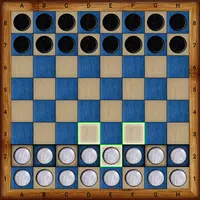Microsoft's Ambitious Handheld Gaming Plans: Blending Xbox and Windows
Microsoft is poised to enter the competitive handheld gaming market, aiming to create a device that seamlessly integrates the best features of both Xbox and Windows. While specifics remain limited, the company's commitment to mobile gaming is undeniable, particularly with the upcoming Switch 2, the rising popularity of handheld PCs, and Sony's PlayStation Portal.
Currently, Xbox services are accessible on existing handheld consoles such as the Razer Edge and Logitech G Cloud. However, Microsoft is developing its own dedicated handheld console, as confirmed by CEO Phil Spencer. Although details are scarce, the company's seriousness about this venture is clear.
Jason Ronald, Microsoft's VP of Next Generation, recently hinted at a potential announcement later this year during an interview with The Verge. He emphasized Microsoft's strategy of combining the strengths of Xbox and Windows to deliver a more unified and user-friendly experience. This approach directly addresses current limitations of Windows on handheld devices, such as cumbersome navigation and troubleshooting complexities, as demonstrated by devices like the ROG Ally X.
Microsoft's vision extends to improving Windows' functionality for handheld gaming. This includes optimizing the OS for joystick control, a significant departure from its traditional mouse and keyboard orientation. Drawing inspiration from the Xbox console OS, Microsoft aims to create a consistent and intuitive gaming experience across all platforms. This aligns with Phil Spencer's previous statements about wanting handheld PCs to feel more like an Xbox.
A focus on enhanced functionality could prove to be a key differentiator for Microsoft. By addressing issues like those currently affecting titles such as Halo on the Steam Deck, Microsoft could create a superior handheld environment for its own flagship franchises. The ability to play Halo on a handheld PC with the same seamlessness as on an Xbox console would represent a major step forward. While details remain under wraps, further information is expected later in the year.















